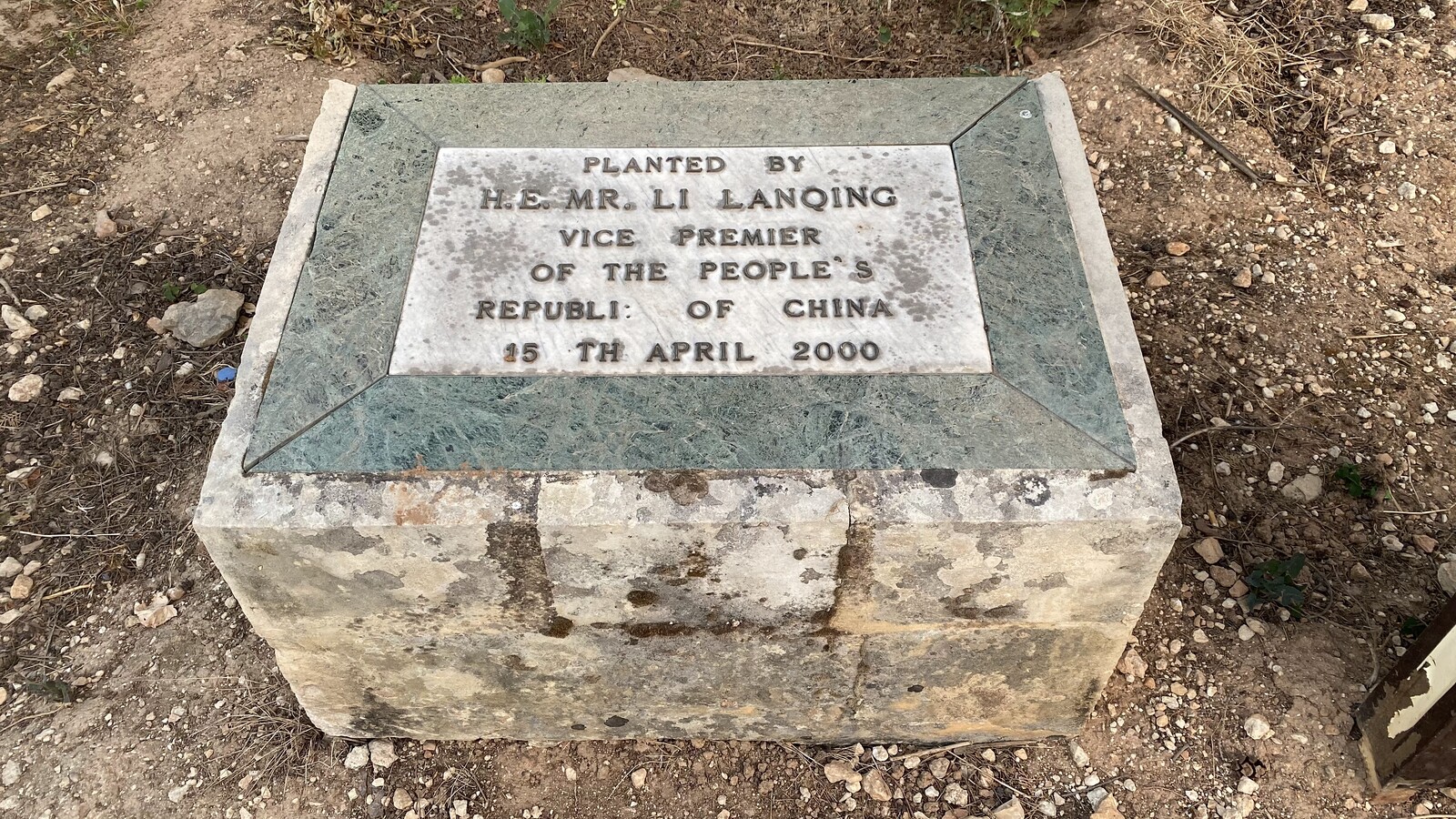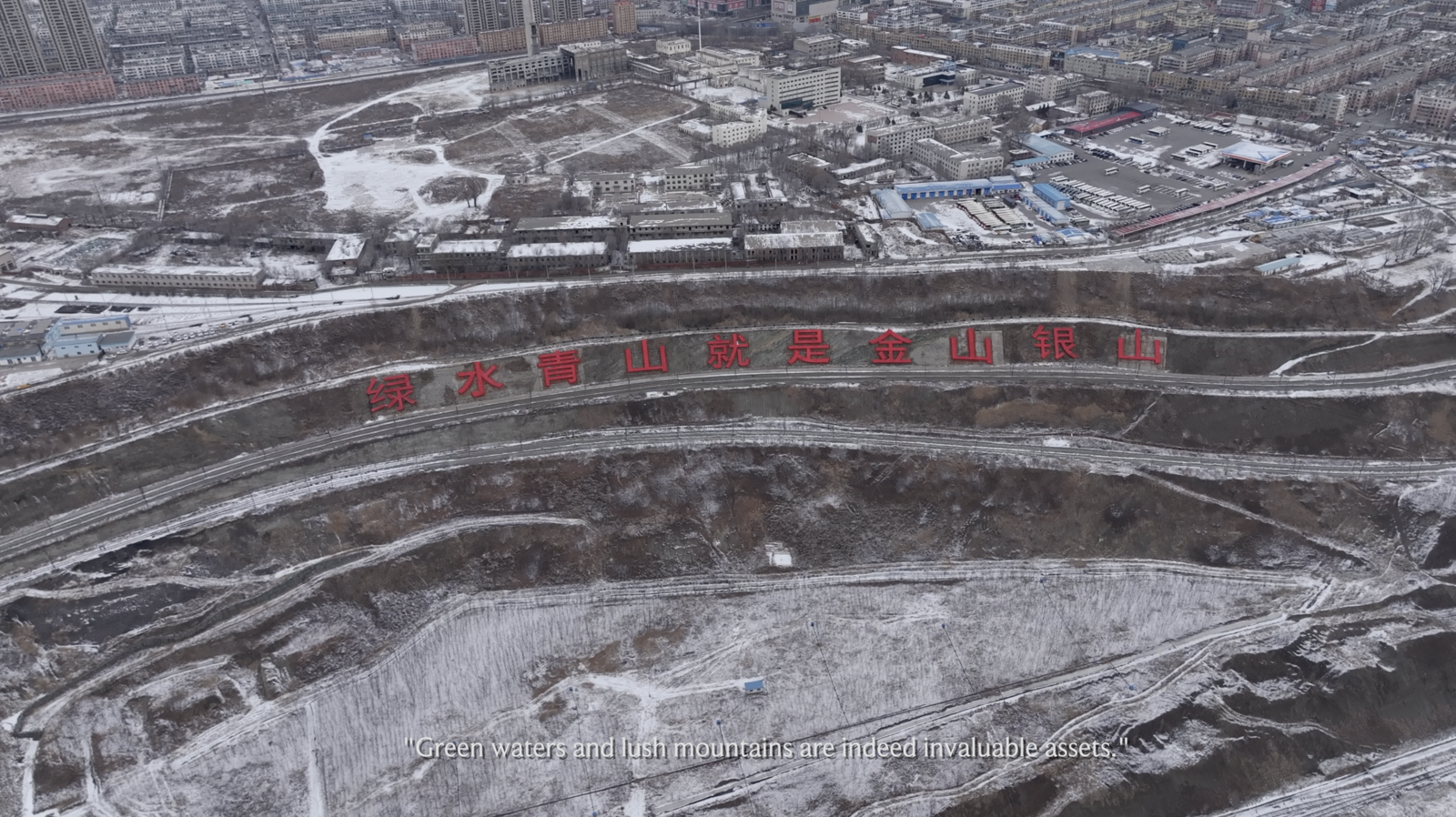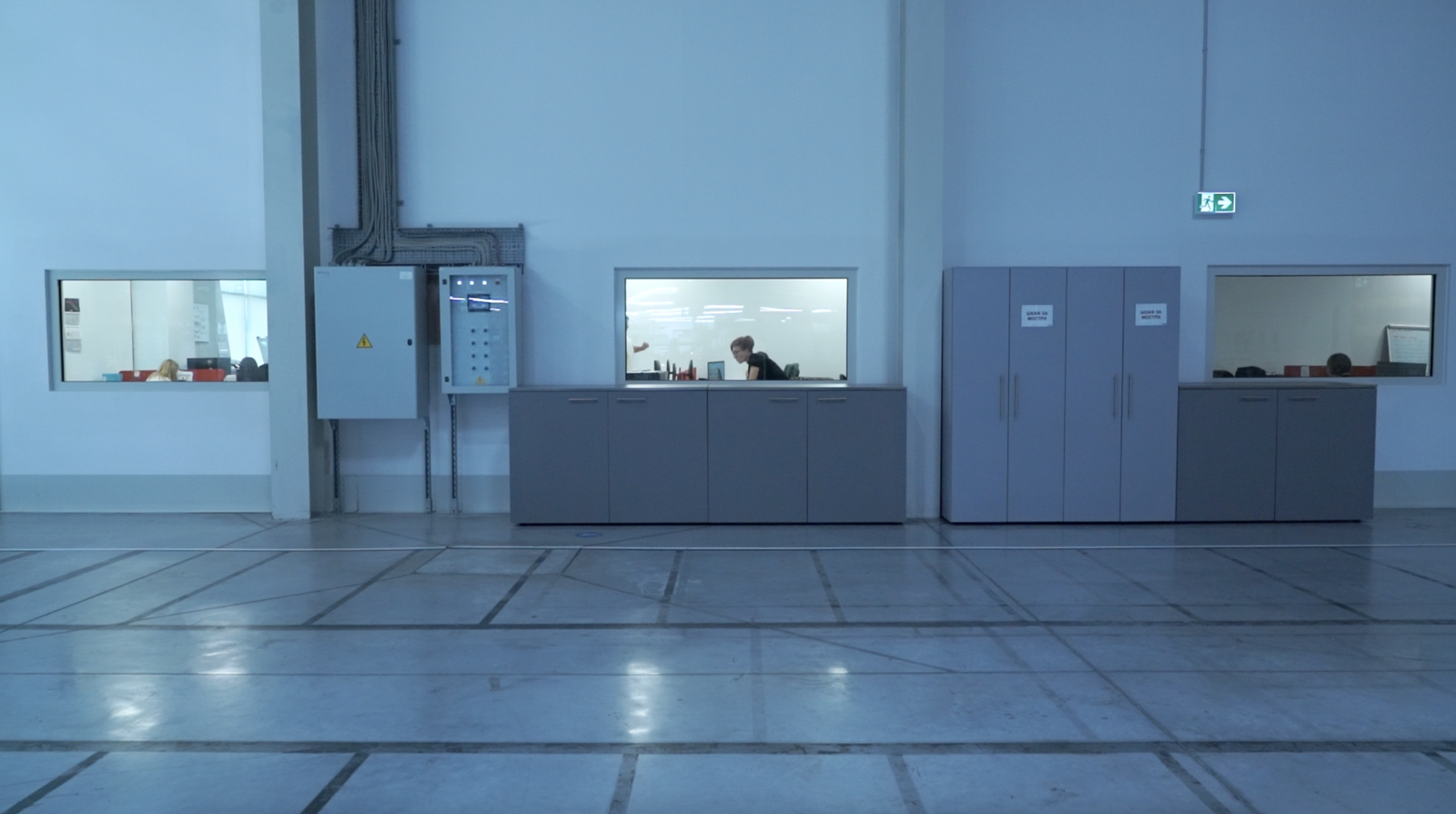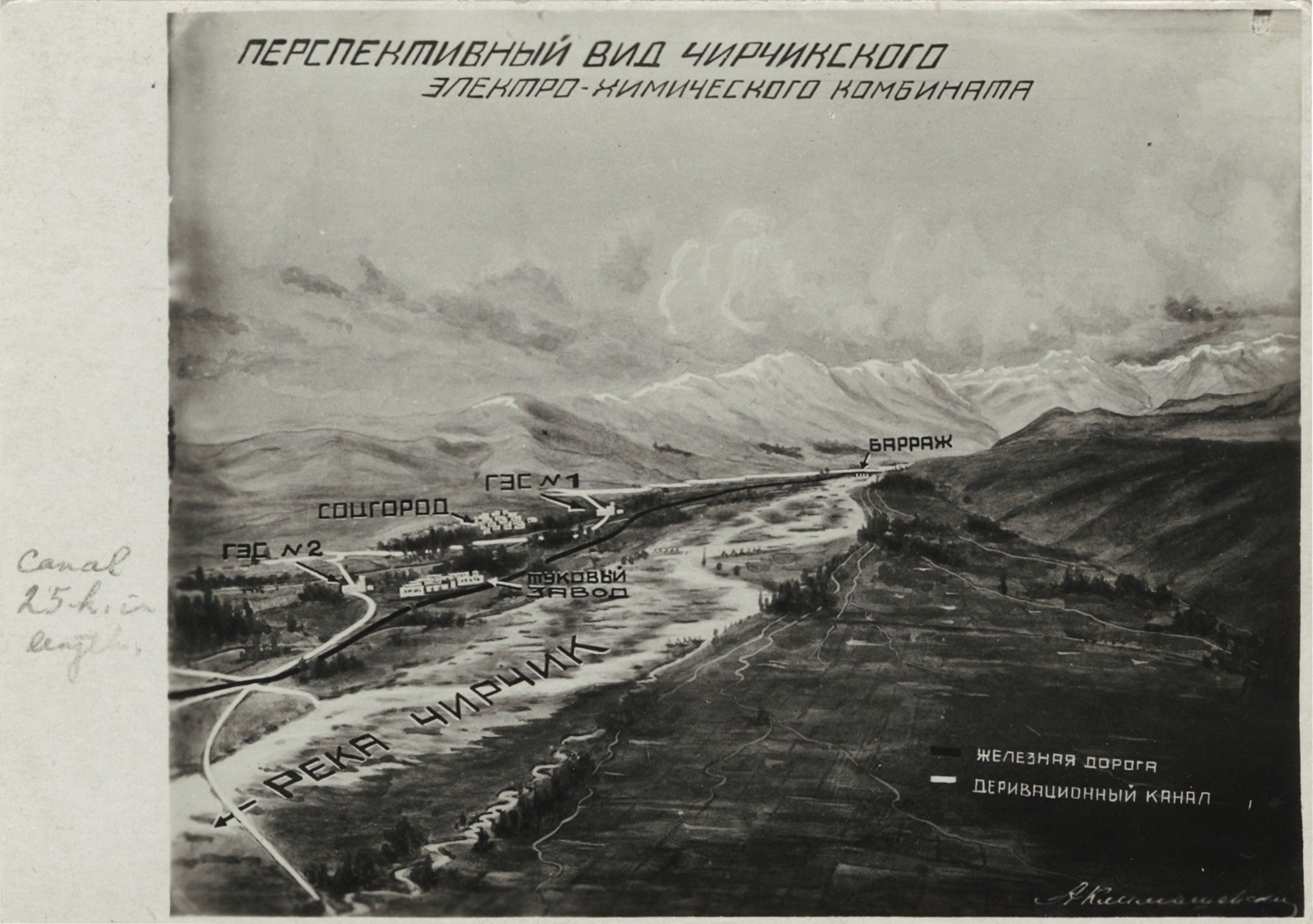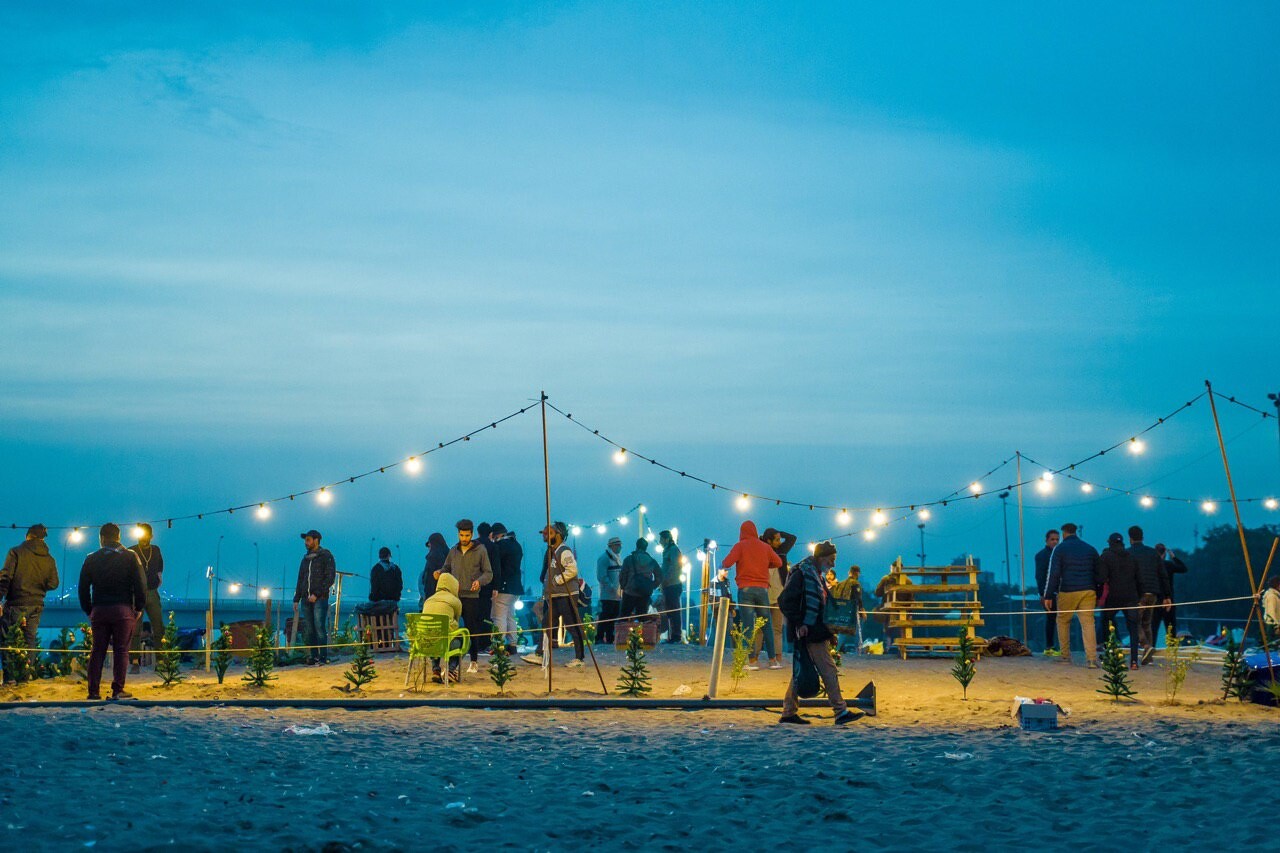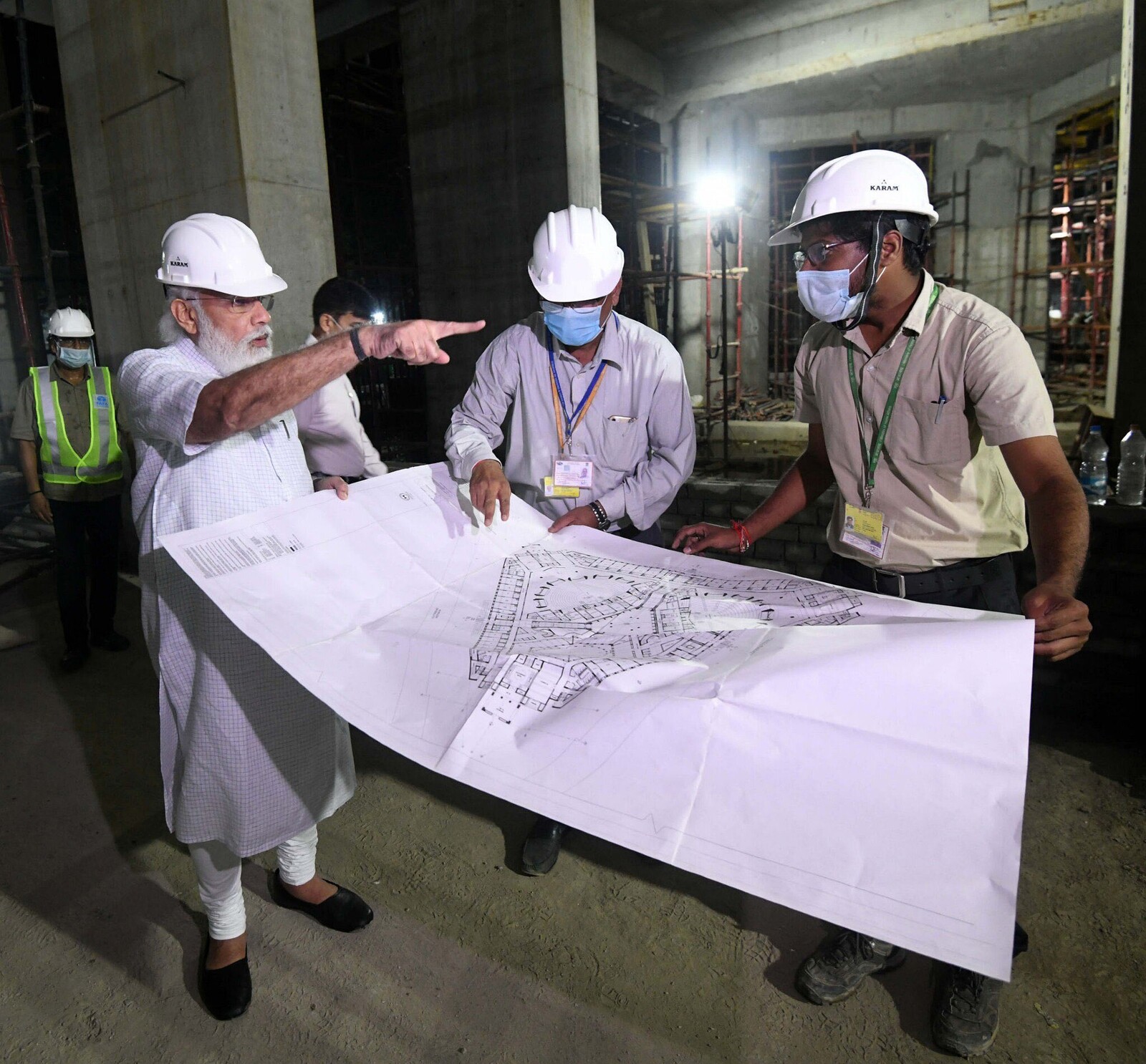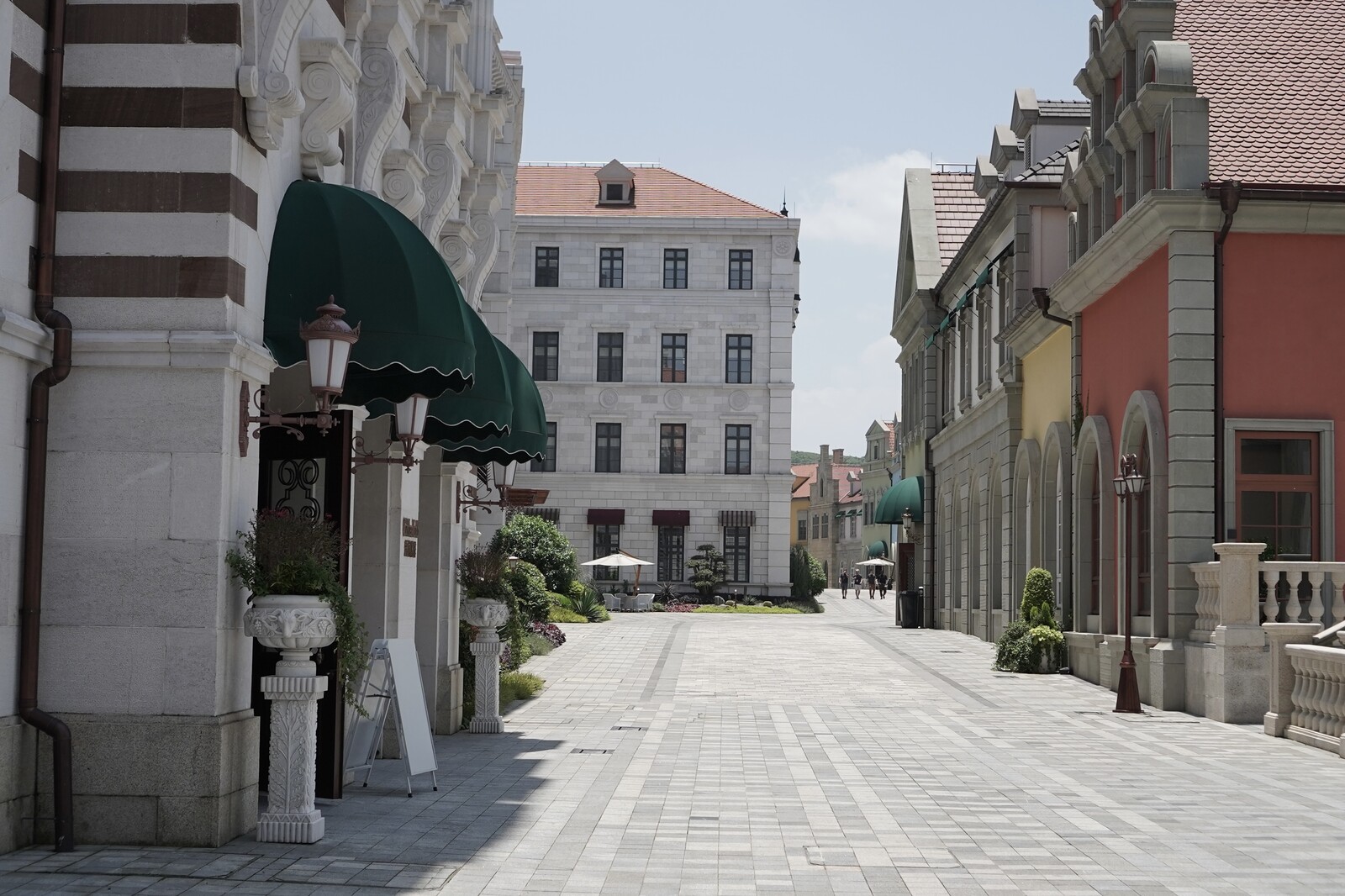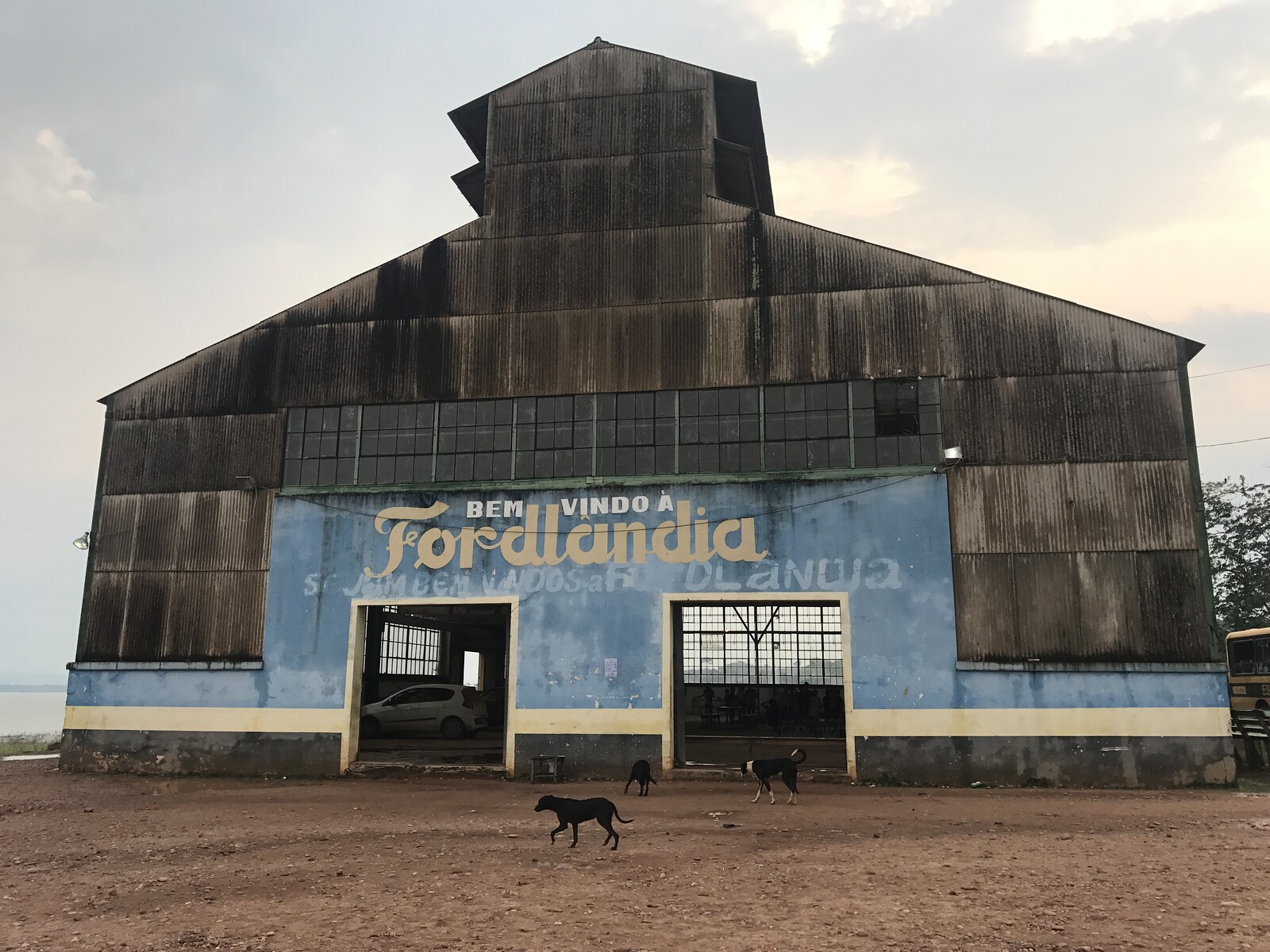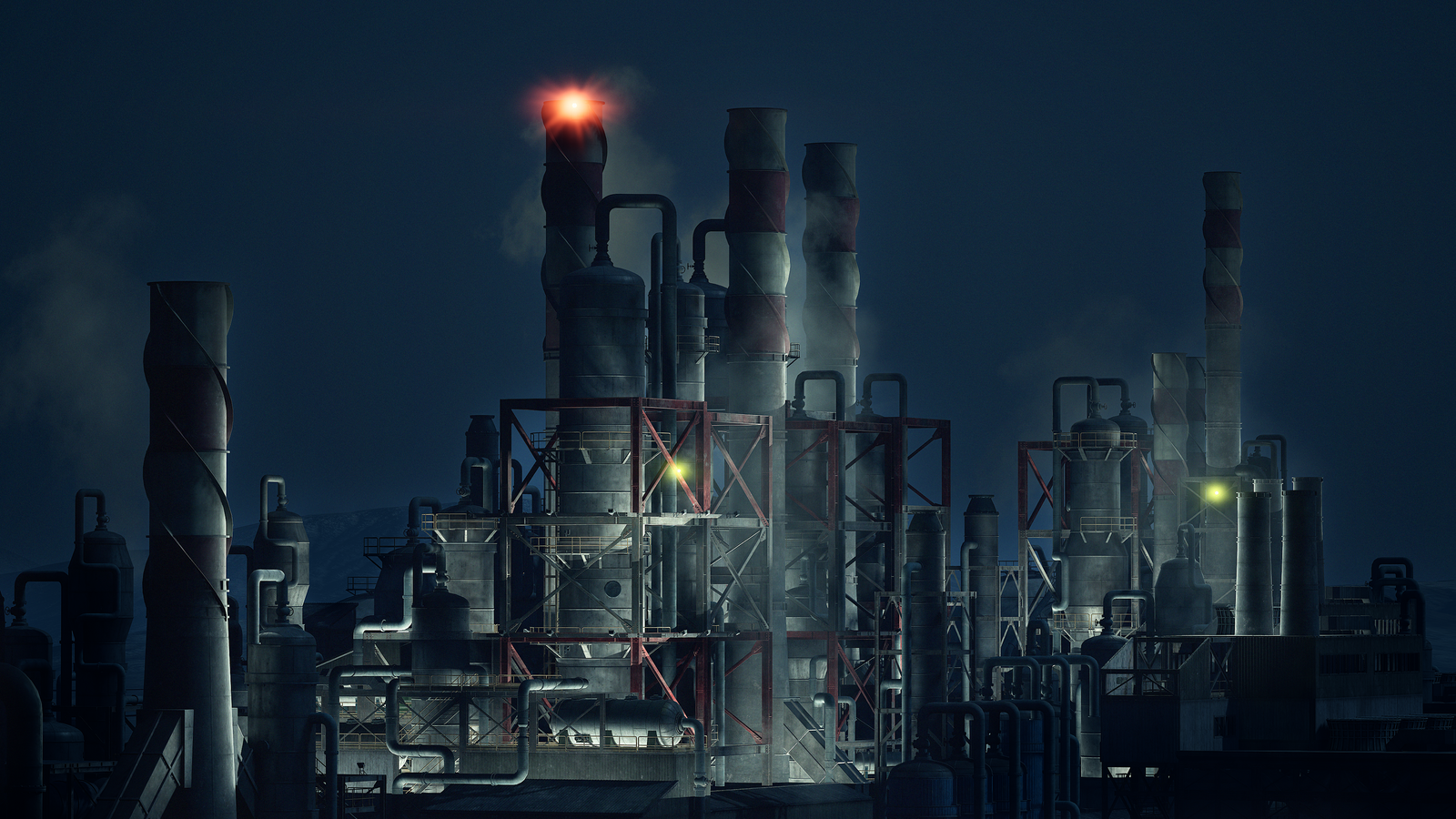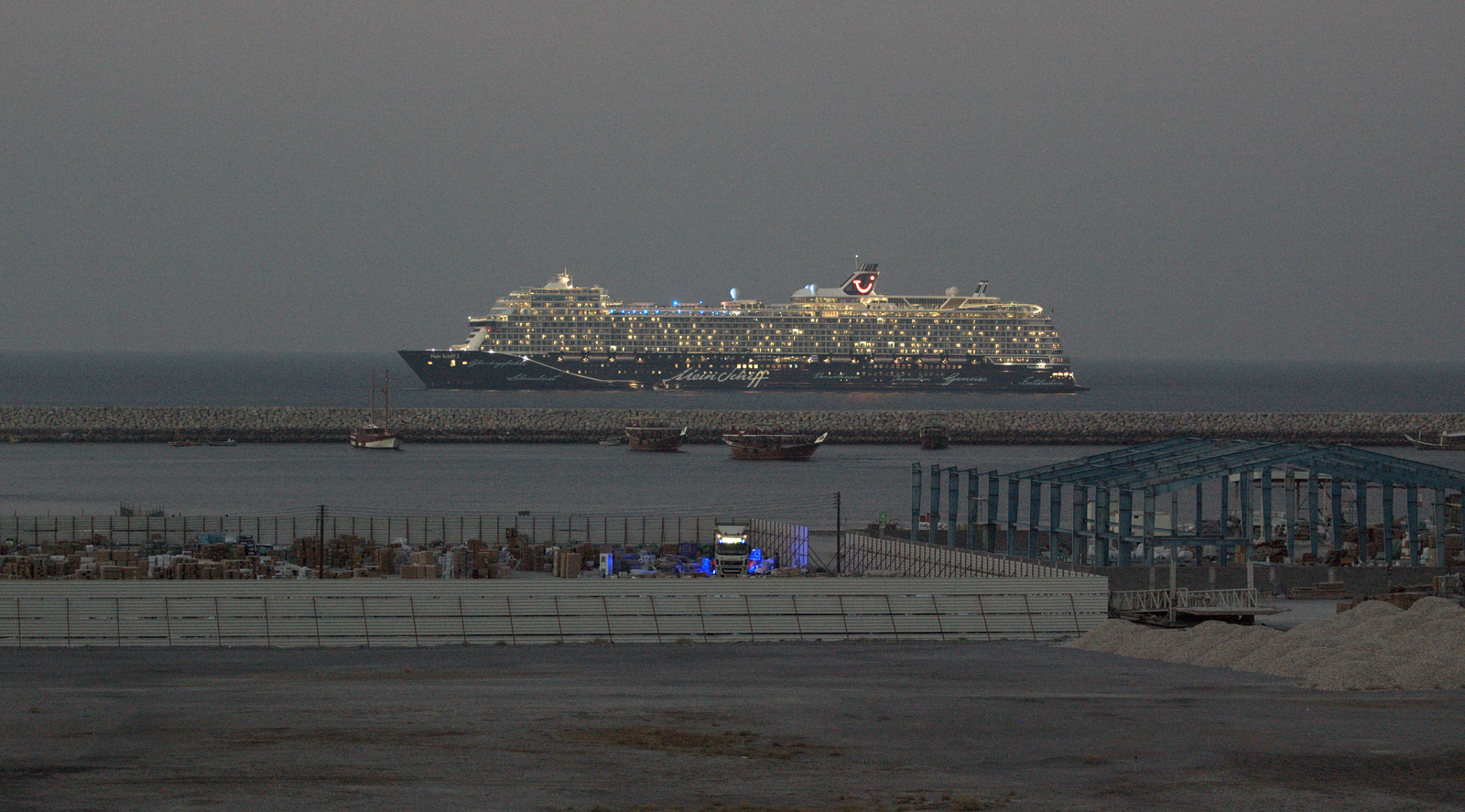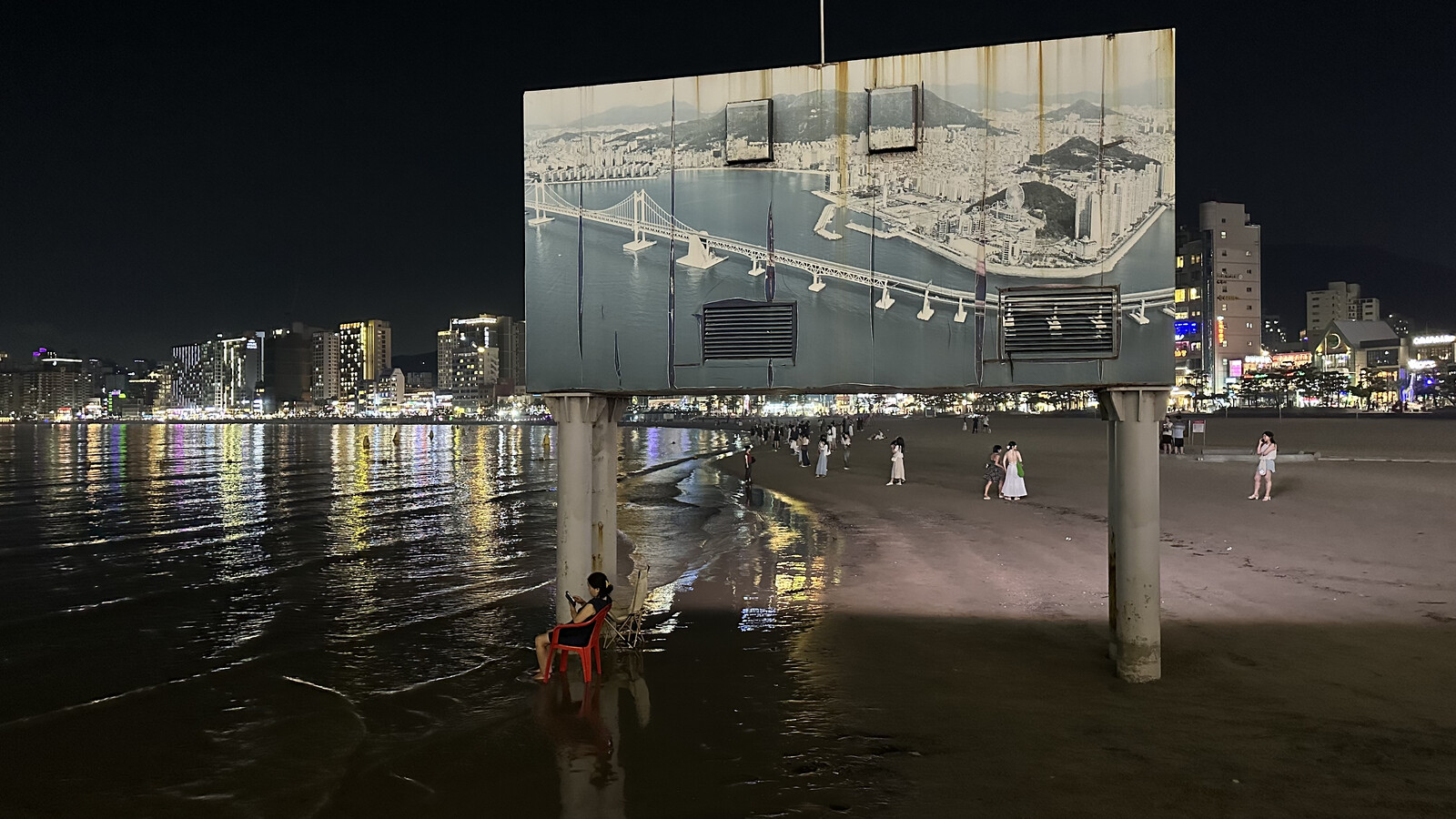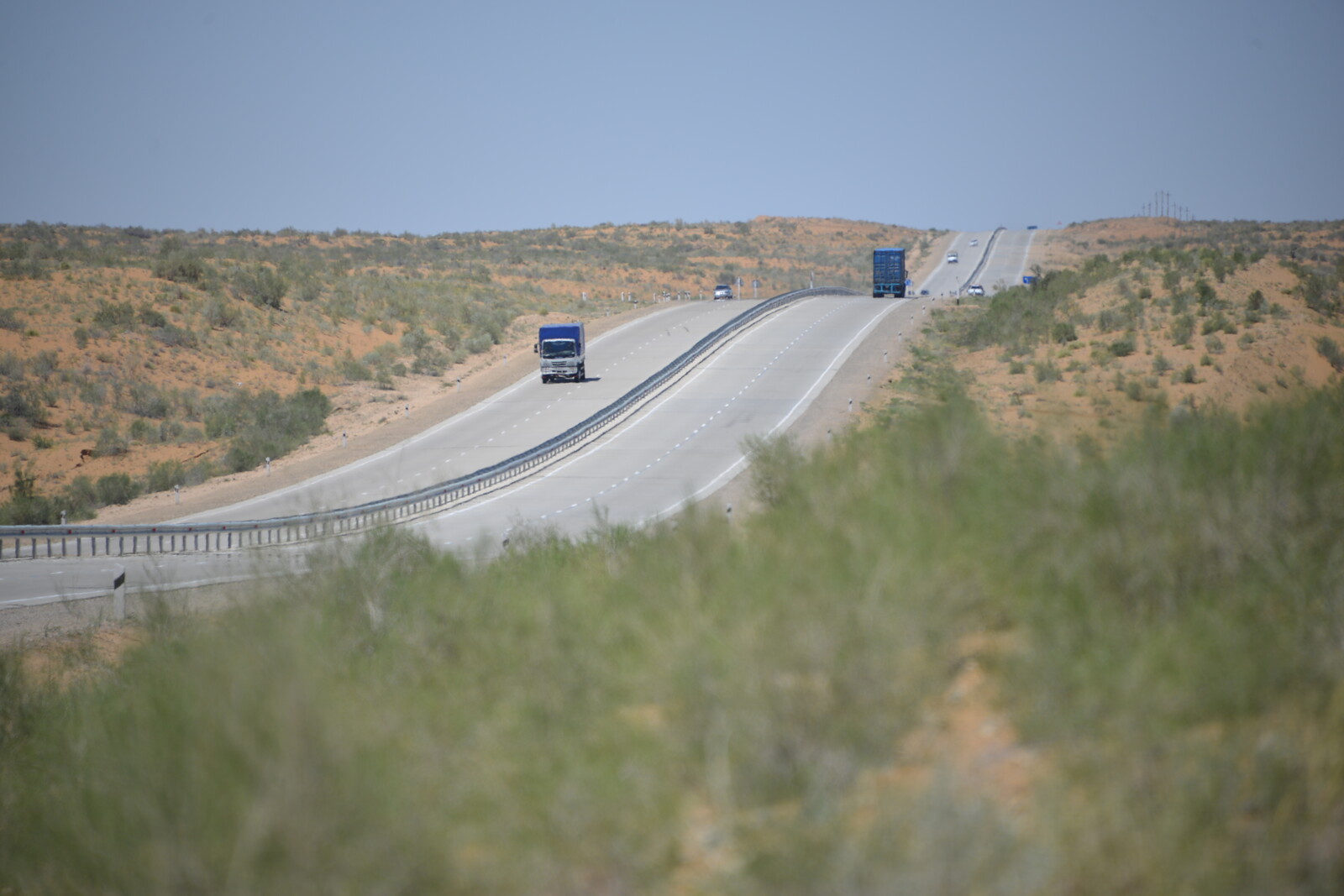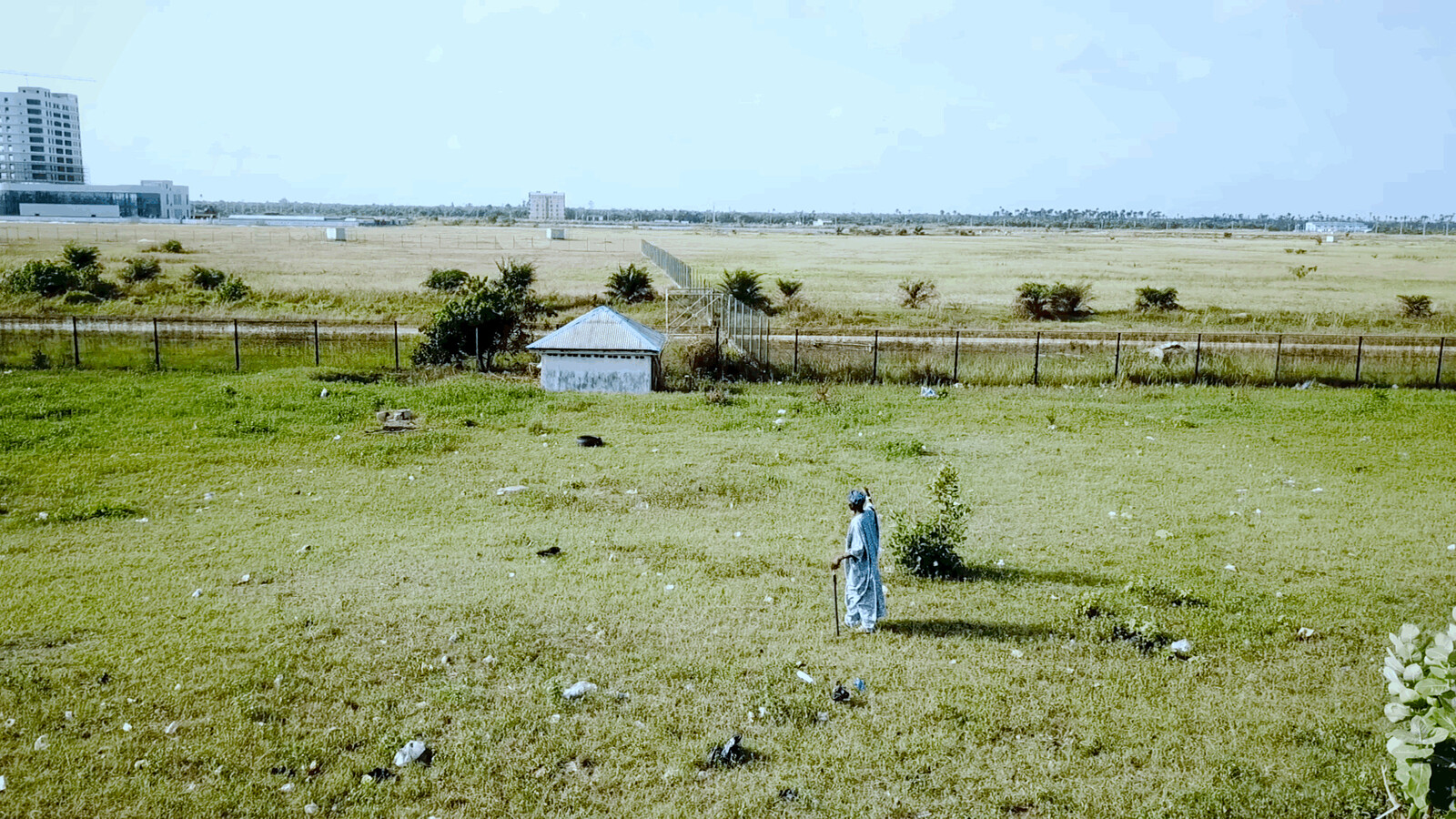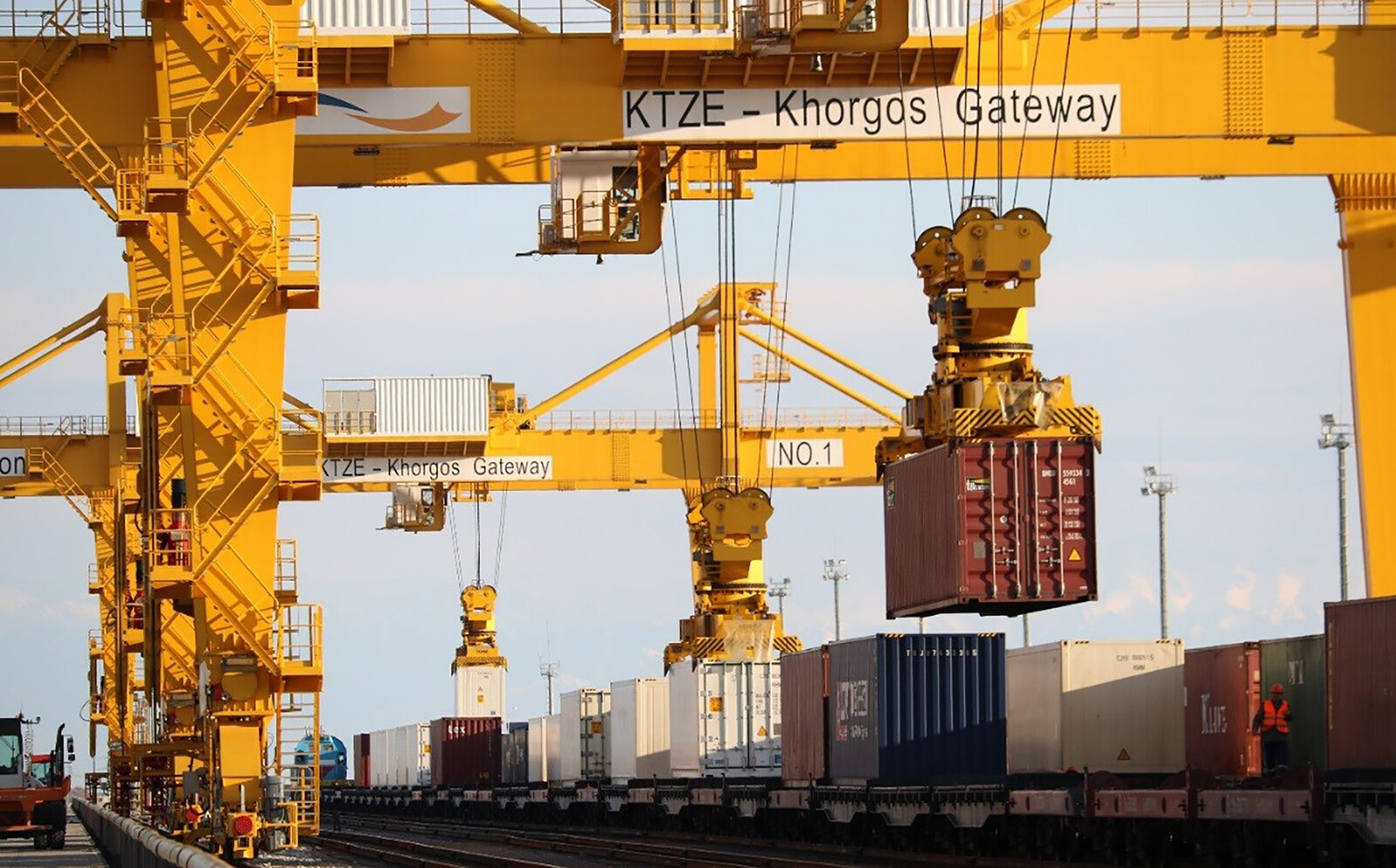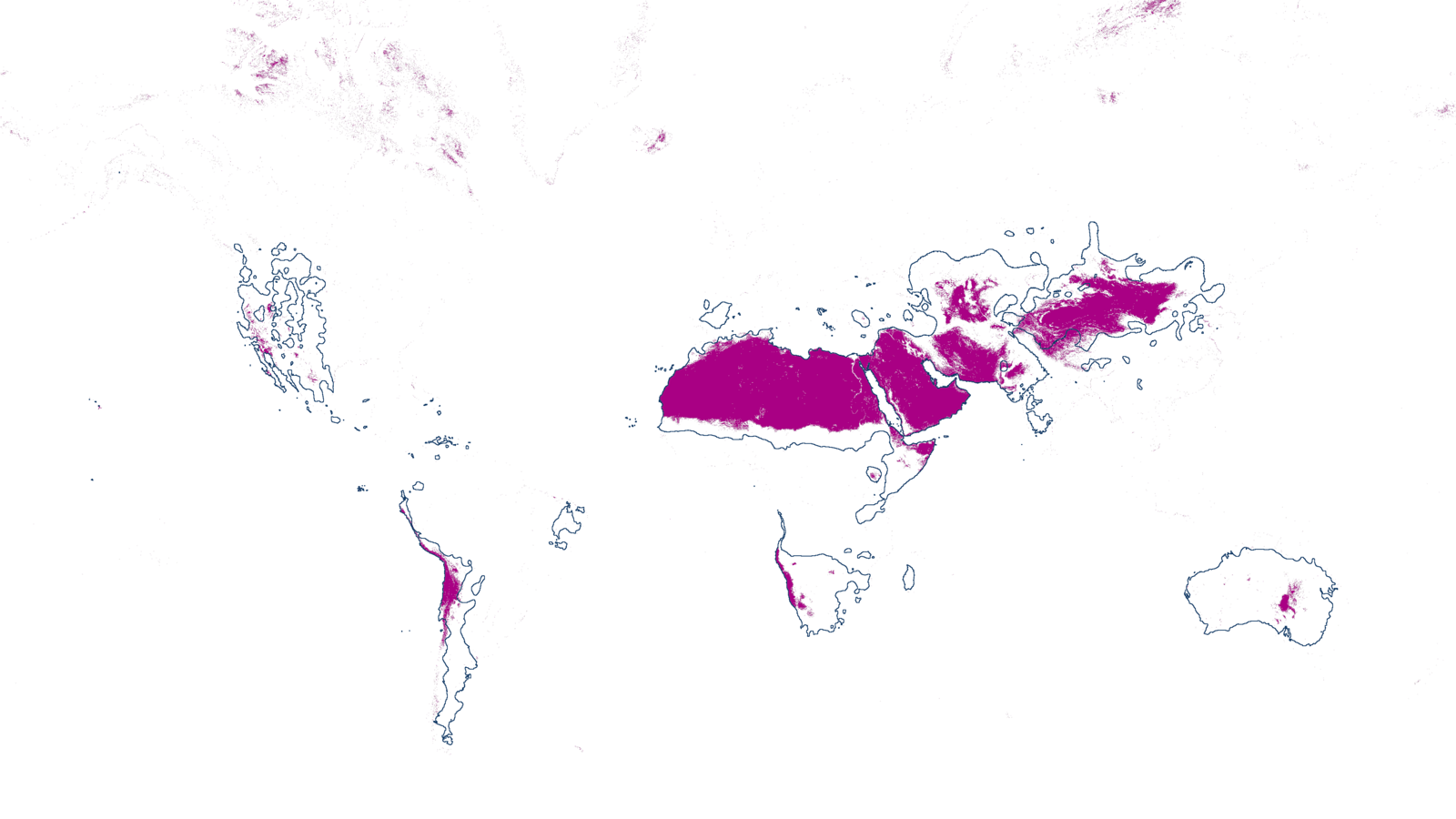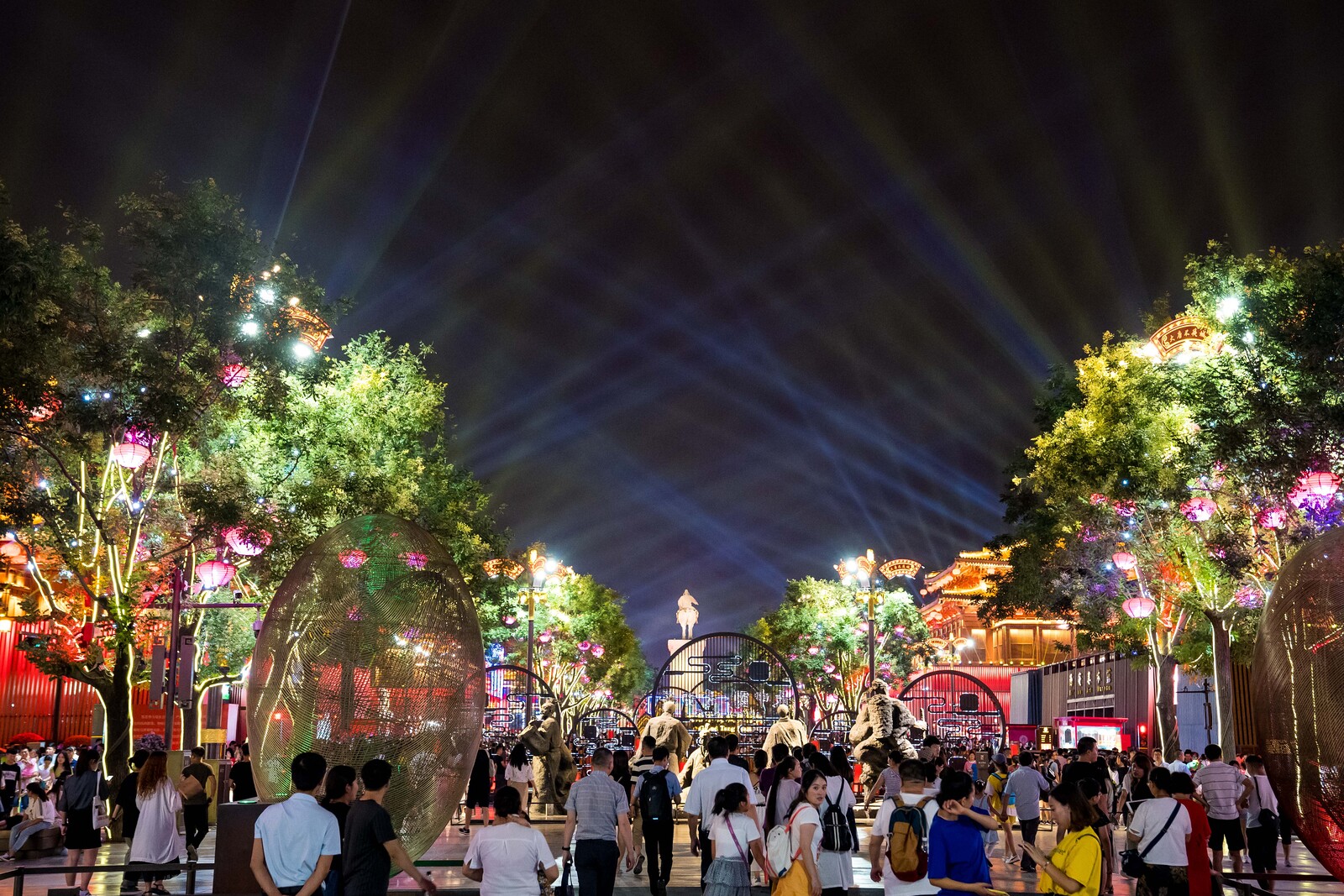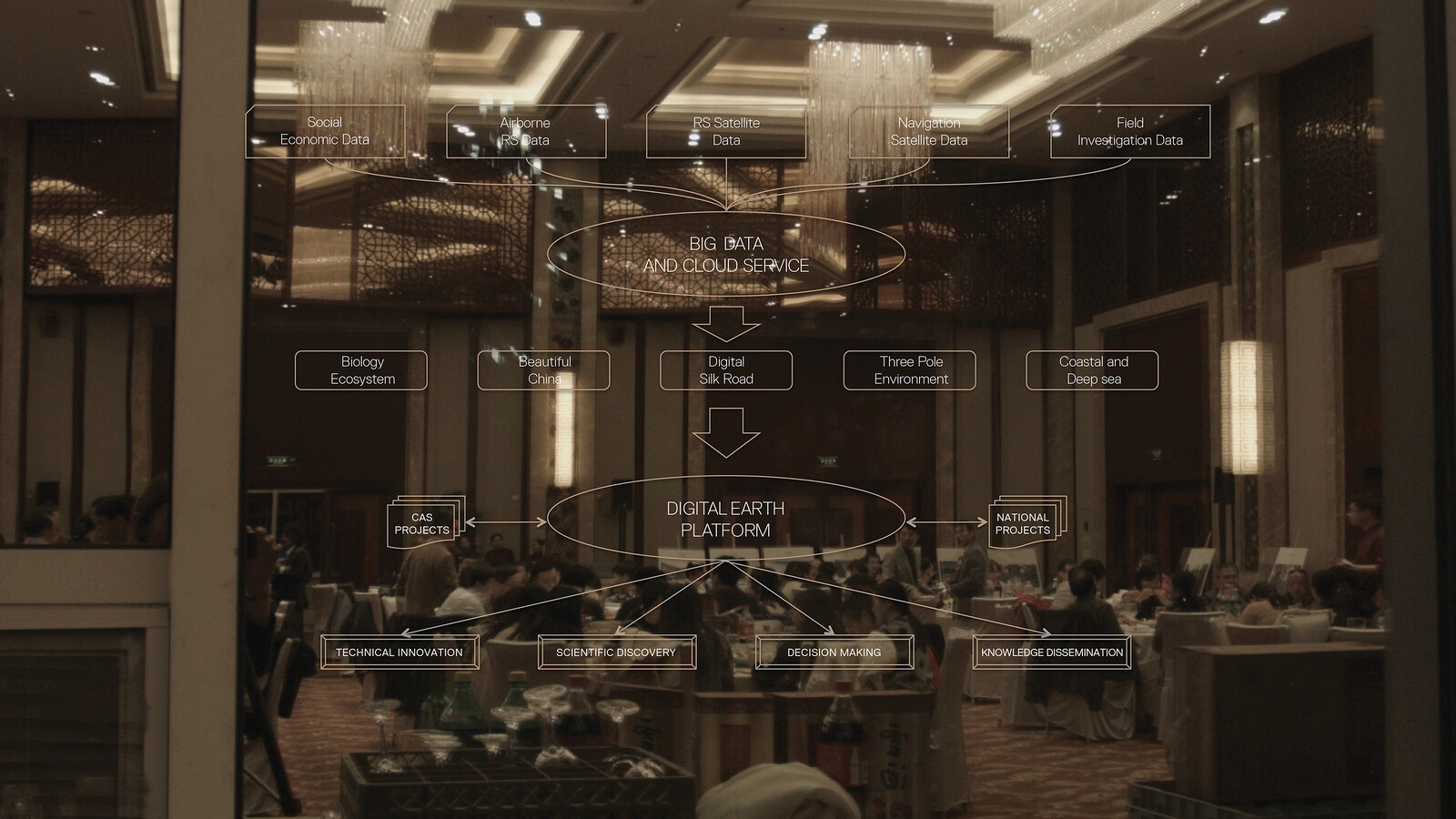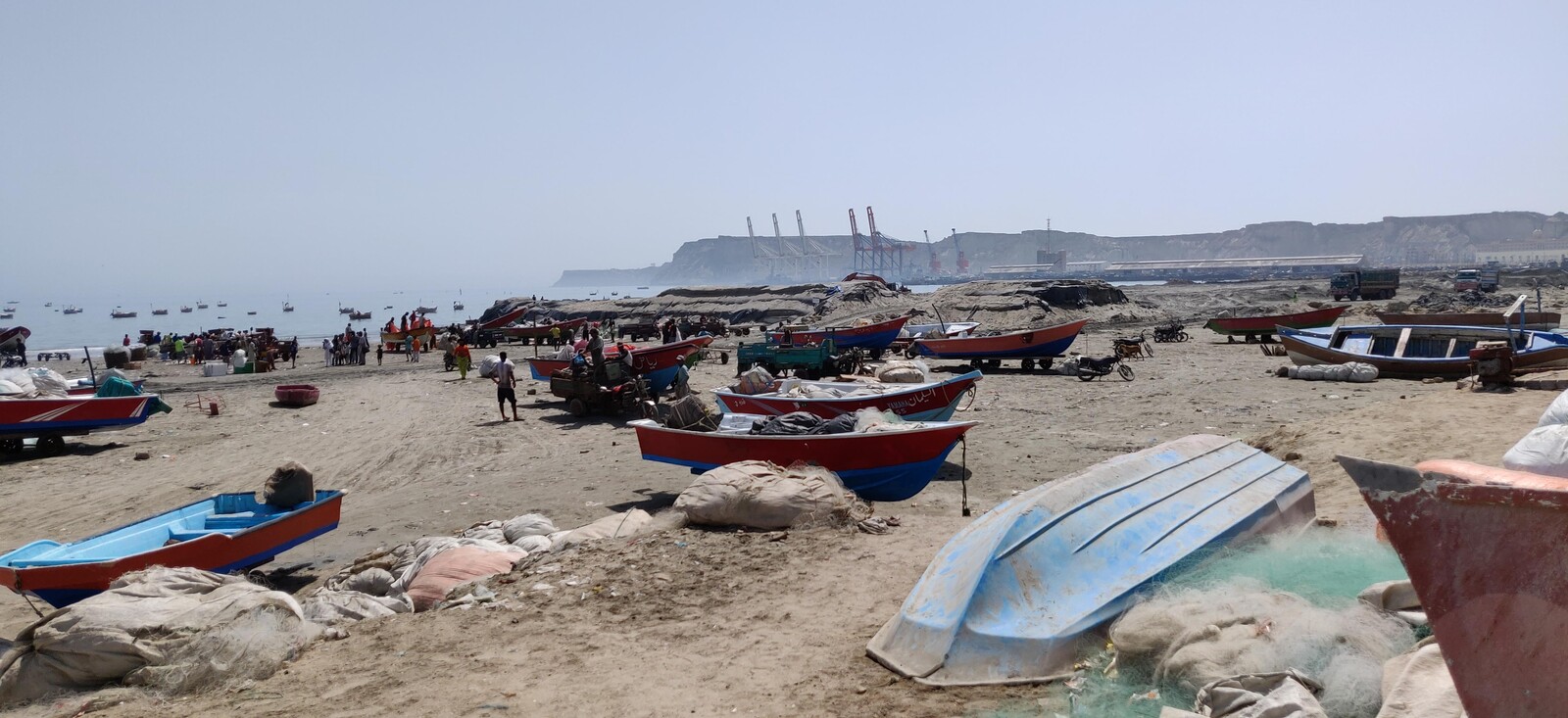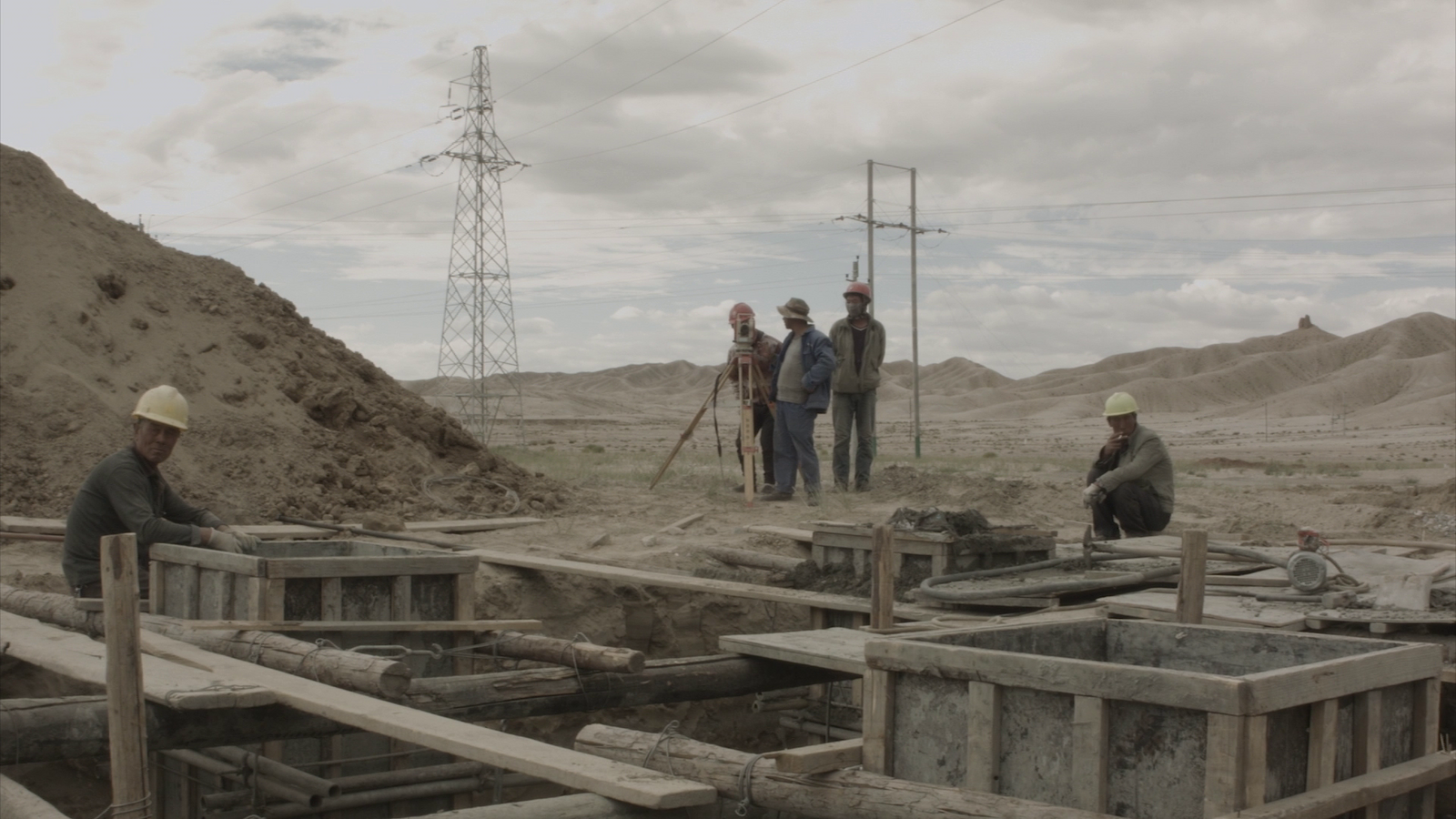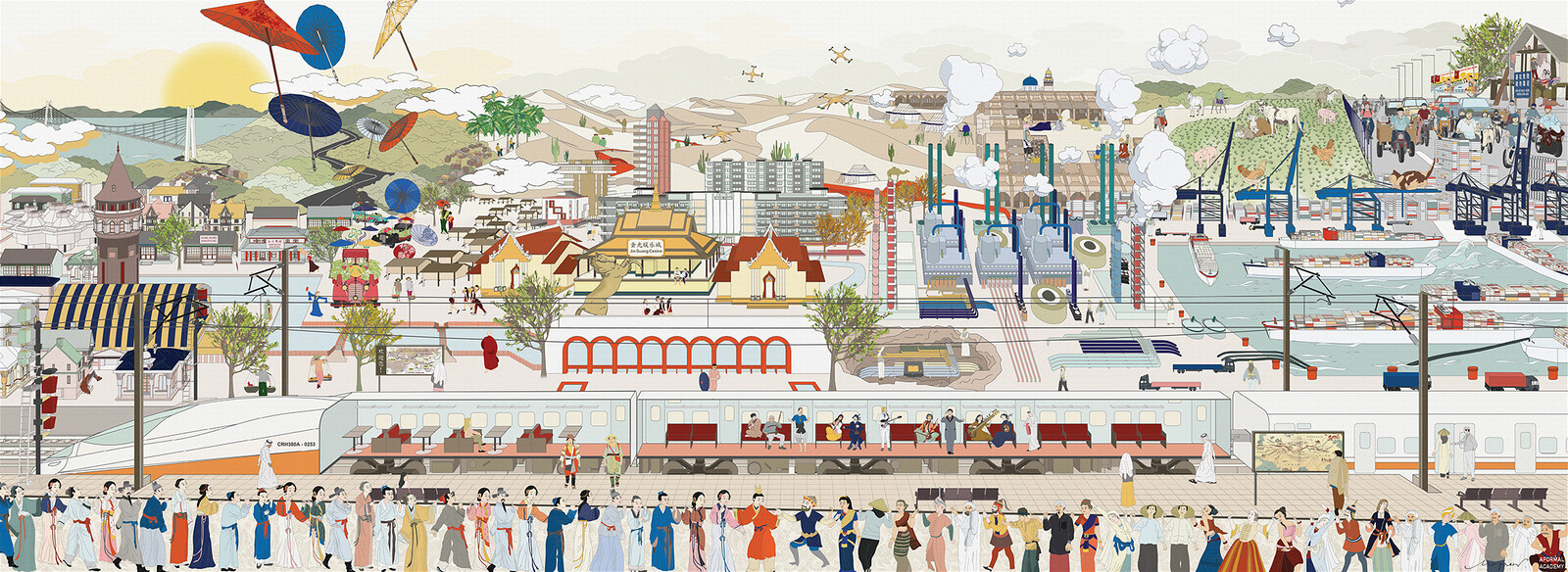Category
New Silk Roads is a project by e-flux Architecture in collaboration with the Critical Media Lab at the Basel Academy of Art and Design FHNW and Noema Magazine (2024), and Aformal Academy with the support of Design Trust and Digital Earth (2020).
- Aformal Academy and e-flux Architecture Editorial
- Timothy Mitchell Infrastructures Work on Time
- Nishat Awan and Zahra Hussain Conflicting Material Imaginaries
- Asia Bazdyrieva and Solveig Suess The Future Forecast
- Tim Winter Silk Roads and Cultural Routes
- Danika Cooper Invisible Desert
- Maia Adele Simon Asymmetrical Flows
- Tekla Aslanishvili and Orit Halpern Scenes from a Reclamation
- Jeremiah Ikongio The Cultural Protocols of Free Trade
- Ştefan Rusu Knots, Stones, and Passes
- Jamie Allen, Merve Bedir, Peter Mellgard, and e-flux Architecture Editorial: Ghost Planning & Infrastructural Incantations
- Rouzbeh Akhbari Maritime Smuggling Along a Border Zone
- Anna Engelhardt and Mark Cinkevich Infrastructural Horror
- Stephanie Sherman The Fordian Slip
- Gary Zhexi Zhang Small and Close or Big and Far Away
- Mila Samdub Technocracy and Hindutva: The Architecture of Governance in the New India
- Andrea González Garrán Transhelvetica
- Azadeh Mashayekhi and Rend Beiruti Consuming Baghdad
- Furqat Palvan-Zade Then There Will Be Light
- Ina Valkanova Behind Closed Doors
- Jacob Dreyer The Sun Seekers
- Jamie Allen and Armina Pilav Meta Malta: In the Middle of the Middle

